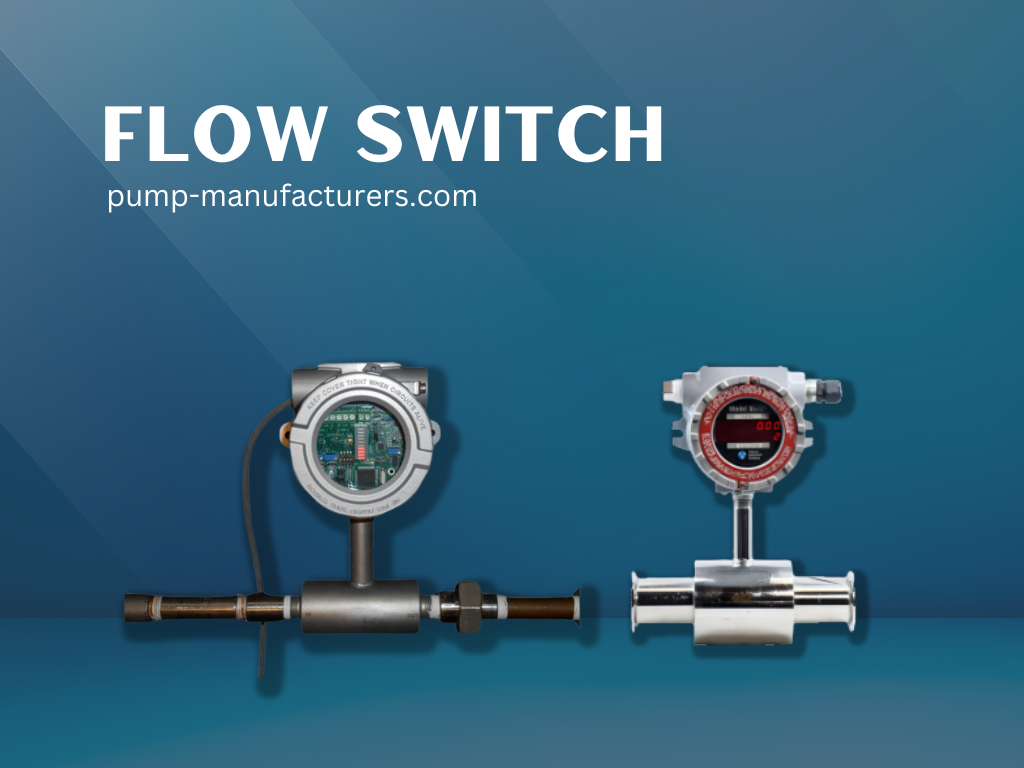Increased features, performance, and versatility are available in the FS16 Flow Switch. The FS16 provides visibility to the flow rate while providing alarm set Thermal Instrument Model # 600-9/FS16 Dual Alarm Flow Switch. Pictured with 1/2″ MNPT Pipe Connection for Water Flow. Flow Indicator @ 40% of Full-Scale Flow Rate. points to help monitor your critical processes. Additionally, the FS16 can be configured to deliver fluid temperature across a 4-20 mA output. As usual, any instrument ordered from Thermal Instrument Company is designed to perform in industrial applications.
We build all of our flow elements out of 316SS but offer other exotic materials as necessary dependent upon application need. Hastelloy, Tantalum, Monel, and others have been used in the harshest of flow applications. Our circuitry is housed in a cast aluminium enclosure that allows the end user to modify set points as necessary, quickly and easily. The instrument can be set up to monitor liquid or gas applications in line sizes as small as 1/4″ OD to large duct or pipelines. If your process requires Flow / No Flow or the ability to set up a Low Flow Rate Alarm or High Flow Rate Alarm, or both, you have found the right switch.








